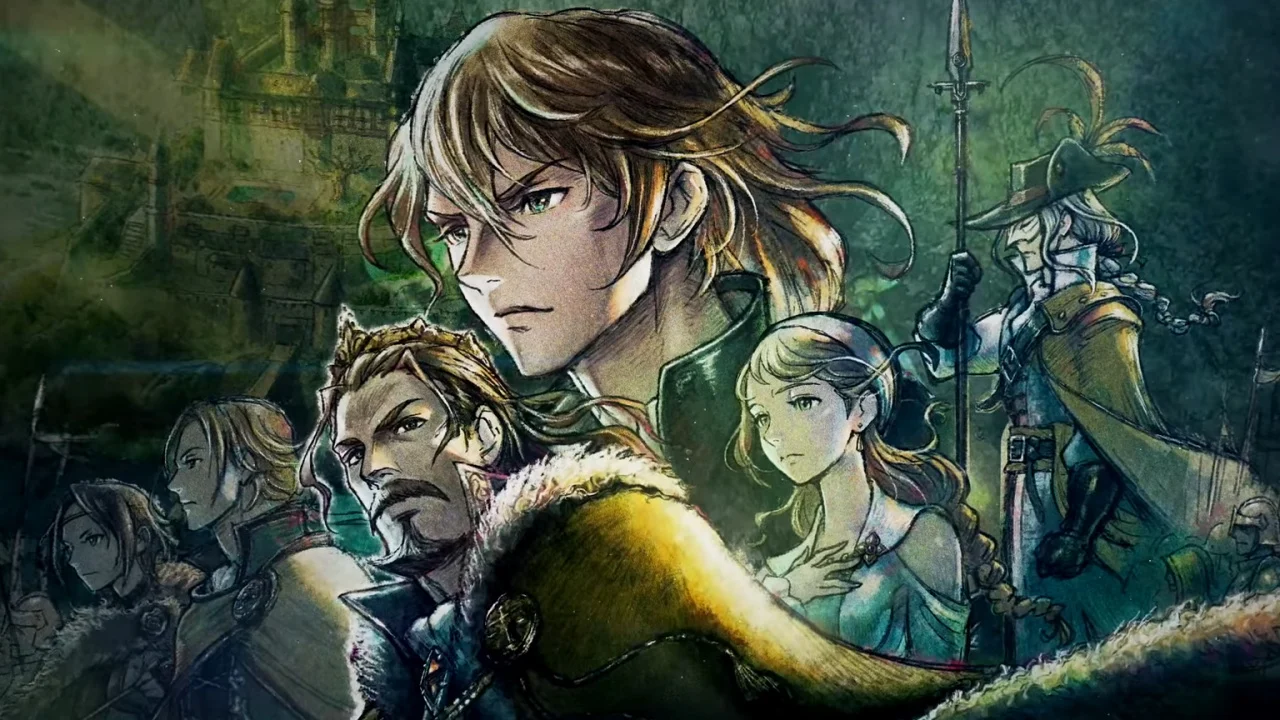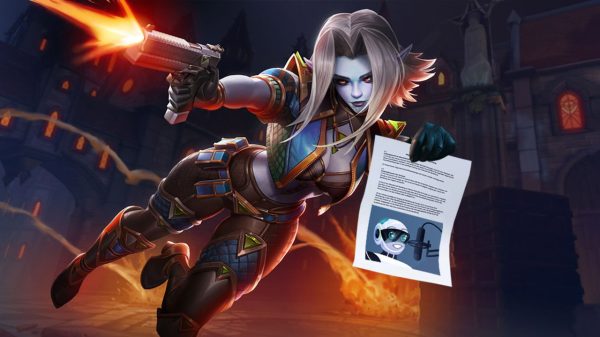Square Enix is quickly building itself something of a permanent aesthetic with its “HD-2D” JRPGs of late, using the Unreal-powered combination of 2D sprites and fully-3D environments to both revive and remake classic titles as well as craft new ones with plentiful heapings of nostalgic spirit. The latest in the latter camp is Triangle Strategy, a tactical RPG that takes inspiration from the Japanese classics in the genre and works in a nuanced tale of warring kingdoms. Chances are that if you’ve any interest in this game it’s either coming off the back of Square Enix’s previous HD-2D joint Octopath Traveller or a love for the 32-bit era of TRPGs such as Tactics Ogre and Final Fantasy Tactics, so the great news is that it’s an absolute winner either way.
Triangle Strategy takes place in the land of Norzelia, made up of three nations in a tense kind of harmony following a history of war over resources. Players take up the role of Serenoa, heir to the Lordship of a house of Glenbrook. Along with the other nations, Aesfrost and Hyzante, Glenbrook is to officially truce and take up a joint mining venture when things (naturally) turn sour and all manner of kings, lords and holy figures start to set their own devious plays in motion with Serenoa and his retinue caught in the middle. What ensues is the kind of grim, drama-filled tale of greed, religious oppression and political (often literal) backstabber-y that would shock a Game of Thrones fan and it’s a genuine delight for both its content and the way it’s presented to players.
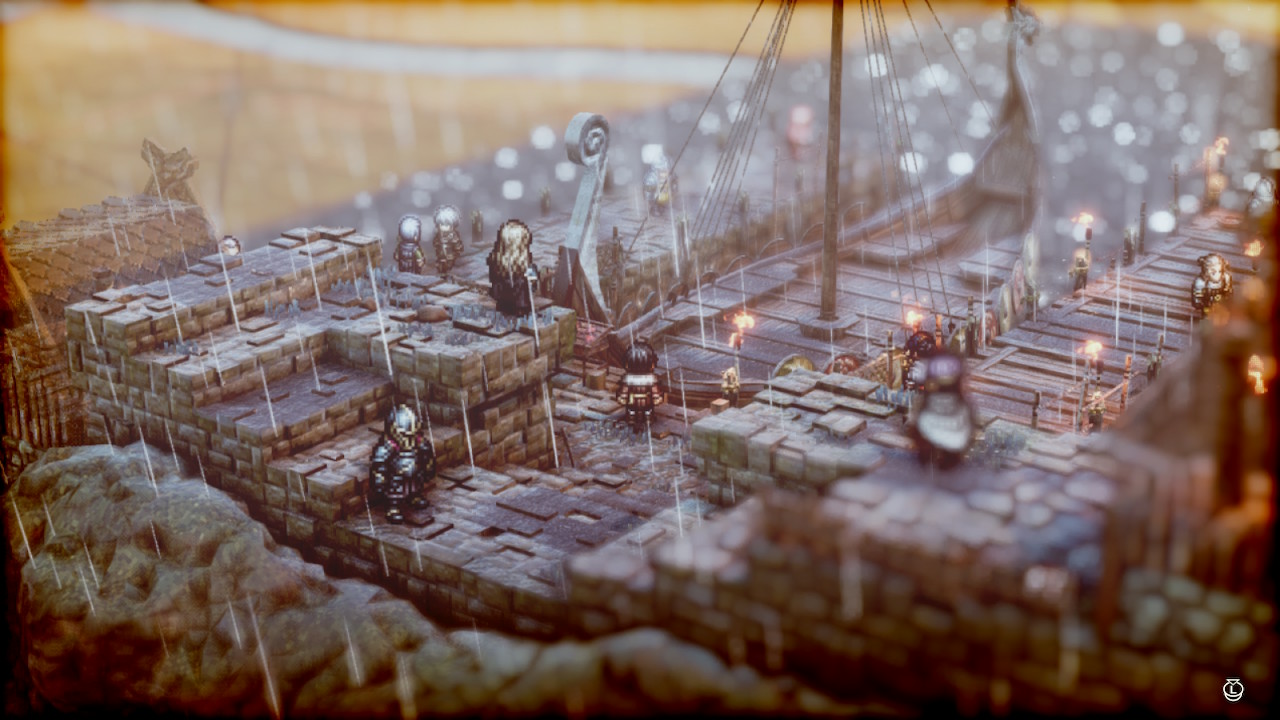
Like most things in the game, Triangle Strategy’s overall structure is split into three equally-important parts. There are the story scenes that move the narrative along and feature full voice acting in both English and Japanese, the former being mostly decent. Then there’s the genre draw of turn-based tactical RPG combat, of which there’s roughly one major battle in each of the game’s 20-ish chapters (though that can differ depending on your story path). Finally, exploration sequences break up the other two and allow players to freely explore small areas to talk to NPCs, find items and uncover useful information.
What this means for the game’s pacing is that things tend to move along nice and fast, and change up just often enough that no one section outstays its welcome. It lends itself well to the portable nature of the Switch too, with plenty of natural stopping points in every chapter or sub-chapter. It’s all tied together on a world map that lends geographical context to each new event and also acts as a handy way to see where alliances lie in real-time and what movements are happening as a result of Serenoa and party’s decisions.
More often than not when presented with the next story sequence on the world map you’ll have the option to branch off into viewing side stories that allow a quick peek into goings-on away from the main scenario. Much like the constant schemes by the Lords and Commander in the war between these three nations, these side stories are actually a bit of a ruse. They give the illusion of freedom, of content outside of the critical path, but they rarely amount to more than a two-minute narrative vignette that could easily have been slotted into the main event. They’re akin to the skits you’d see in something like the Tales series, only you have to jump in and out of the world map to get to them.
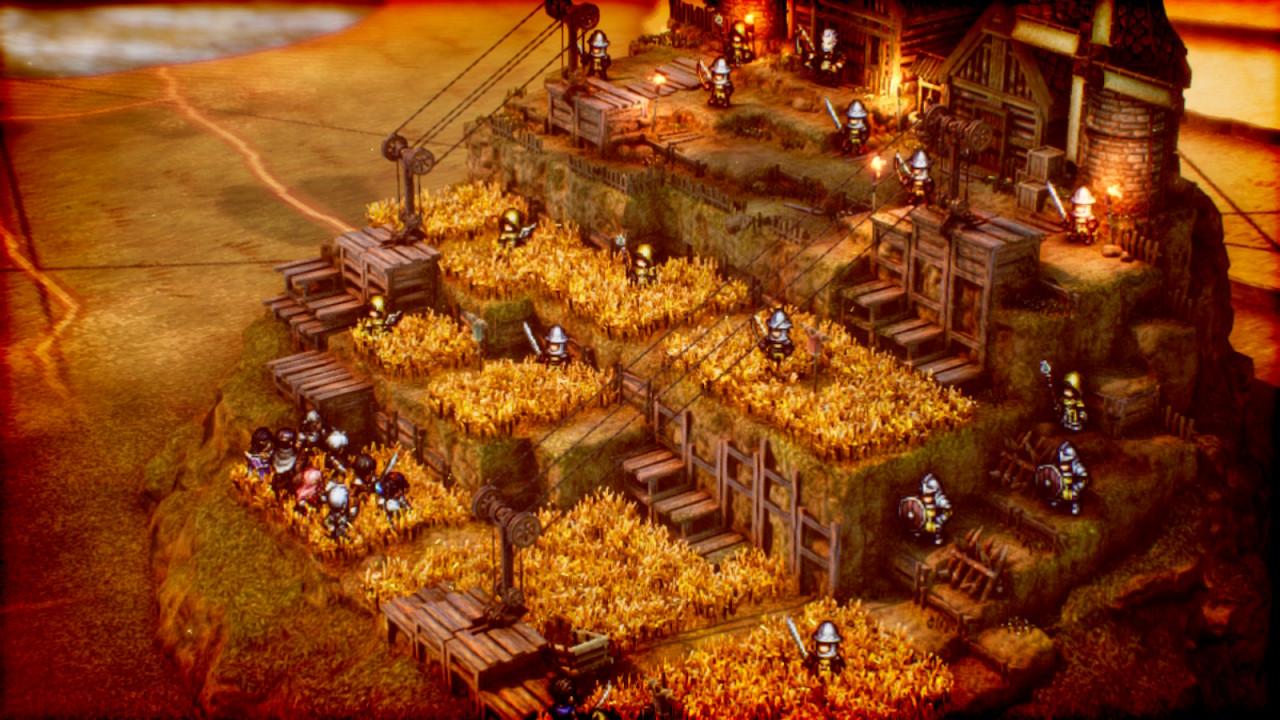
Annoying back-and-forths aside though, I enjoyed Triangle Strategy’s story and structure more than I’d expected. What initially seems like generic medieval fantasy fodder reveals itself to be a bleak, tense tale that consistently challenges the player to decide where their loyalties lie and how much they’re willing to sacrifice to uphold the moral good. Based on your actions any one playthrough will sit somewhere between a harrowing tale of conviction or a borderline silly succession of errors (if you manage to play it the way I did) but either way it’s surprisingly gripping stuff.
It only takes a glance at screenshots and videos to see that the beloved HD-2D visuals are back in full force here as well. Triangle Strategy looks phenomenal in that same pseudo-retro way, marrying top-notch 2D character sprites with 3D environments designed to look like they’ve come straight out of a PSX-era TRPG albeit with modern Unreal eye candy like depth-of-field and real-time lighting. The effect is fantastic, especially thanks to the lush and lovingly crafted environments that you’ll visit across the narrative. If I had a single gripe, it’s that things tend to look a touch blurry at times which is less a knock on the game and more on the hardware. After recently replaying Octopath on an Xbox Series X it’s ever-so-slightly disappointing to go back to playing on a Switch but it is what it is.
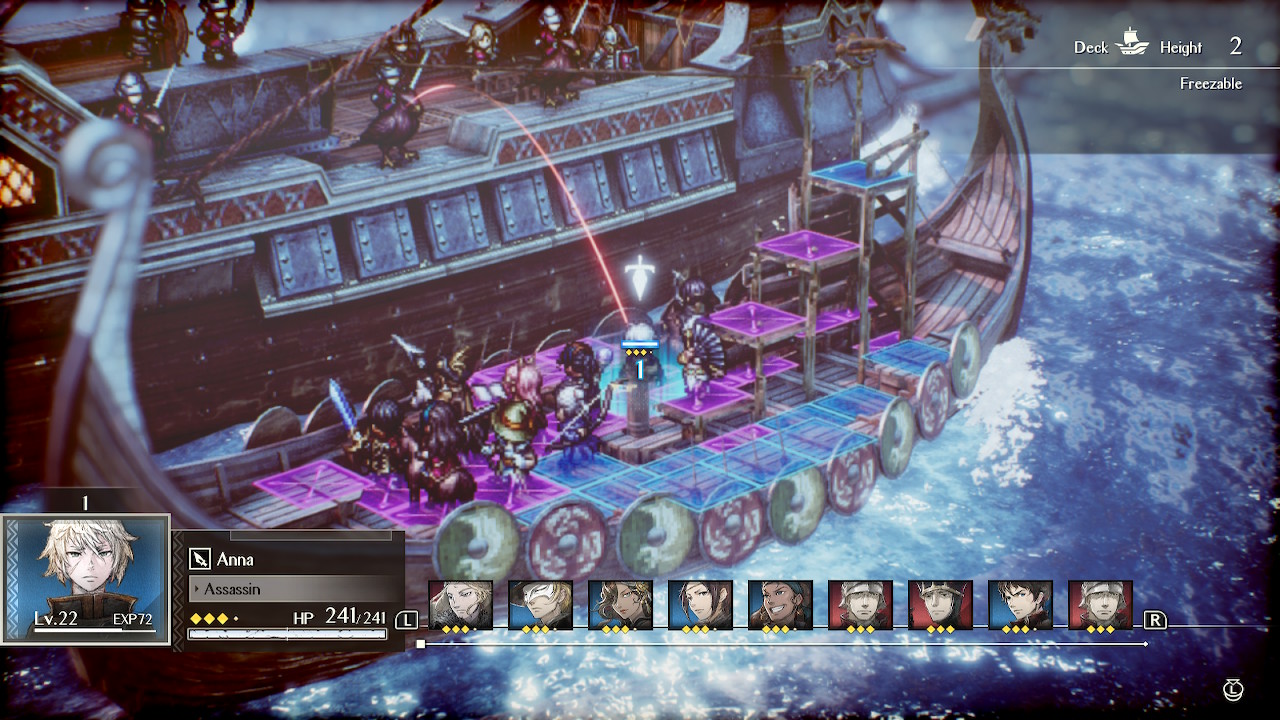
Like its genre inspirations, battles in Triangle Strategy see opposing forces made up of multiple units square off on grid-based battlefields in turn-based combat that places just as much importance on each fighter’s positioning as their actions. Everyone gets two actions per turn (although some special cases get more), one to move a number of squares dictated by their stats and another to take an action that might involve attacking with their weapon, using a special ability or magic or making use of an item. At a base level it’s fairly traditional stuff where winning will usually hinge on taking high ground, attacking enemies from the rear and manipulating them into groups to decimate them with magical AOE attacks.
Where Triangle makes its mark though is in offering a ridiculous number of layered strategies involving unique character abilities, environmental and weather effects and plenty of stage-specific interactions. Knowing your enemies’ strengths and weaknesses is vital, as is harnessing the synergy between your party members’ individual skills and how they interact both with each other and the battlefield. In one example I managed to overcome a combat encounter that had me on the ropes for a while by equipping my main defensive character with lightning protection, using his “Provoke” ability to lure as many foes as I could into a shallow salt lake and repeatedly throwing lightning magic down on the water’s surface.
Though there are fewer battles throughout the game’s roughly 20-25 hour runtime than I can count on my fingers and toes, each one feels wholly unique and can play out in a multitude of ways based on your chosen entourage’s strengths and how you take advantage of the environment. They’re also rarely a cakewalk, at least on the standard difficulty and higher. Even in the instances where I won victory the first go around it was often by the skin of my teeth and through harebrained, improvised plans that could’ve turned ugly just as fast. Though the game gently recommends certain characters for certain encounters I never once felt like a wrong choice was my undoing. Thinking on my feet almost always worked, in one roundabout way or another. The flexibility to improvise in creative ways is the mark of a great tactical game and makes every encounter feel fresh and exciting even if you fail and need to repeat it.
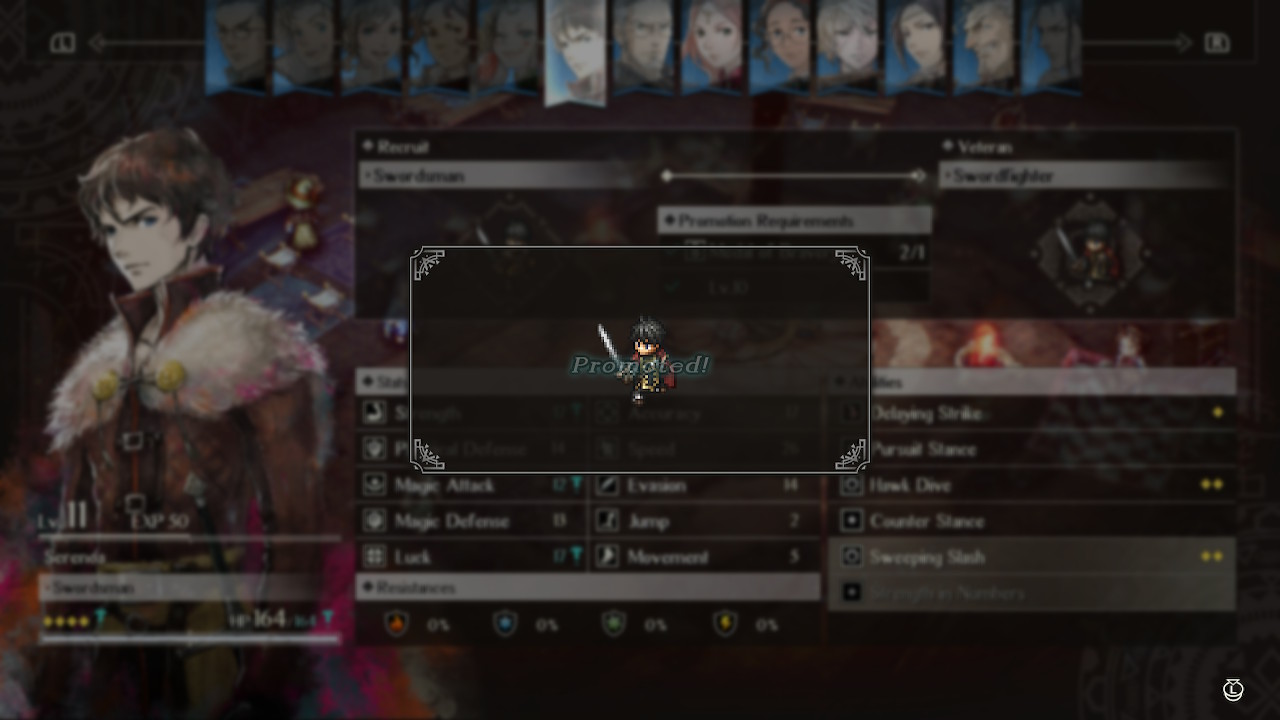
Almost as exhilarating as the clashing of swords and sorcery is Triangle Strategy’s political battlefield, which underpins Serenoa’s story and is led by one of its callout gameplay features in the Scales of Conviction. The twists and turns of House Wolffort’s fate in the war across Norzelia are guided by both the convictions of its newfound Lord as well as the democracy afforded to his trusted companions. On the small scale the things you do, information you gather and choices you make all contribute to an invisible tally that represents Serenoa’s convictions across Utility, Morality and Liberty and factors into your story path as well as which of the 20+ playable characters may or may not choose to ally with you.
Of more immediately tangible effect are the regular opportunities for Serenoa and gang to break out the Scales themselves, which are essentially a voting system that allows the entire party to have their say on what happens next when there’s a fork in the proverbial road. The decisions made at these moments have far-reaching consequences and the biggest effect on players’ unique story paths. The weight of this is well-communicated and presented though with Serenoa usually given the opportunity to explore and speak to those around him to gather all the information necessary to make an informed decision, or to massage the opinions of the rest of the voting party to sway the outcome a particular way.
Whether it’s deciding on the fate of a village caught amidst the conflict or whether or not to sacrifice a companion for the greater good, the choices to make and the thought of influencing the group can be utterly panic-inducing. It’s also entirely possible to leave your party to vote as they wish and accept whatever the result, which I found to be something of a saving grace when I couldn’t bear to agonise over something any longer. If I had one complaint it’s that these voting sequences can sometimes feel rigged against you. A democratic system obviously shouldn’t be easy to manipulate but there was at least one instance where I felt powerless to direct the story path the way I wanted (and reloaded my game at least a dozen times hoping my fate would change) even though I thought I’d done a thorough job at laying the groundwork for it, which was a bit of a bummer.
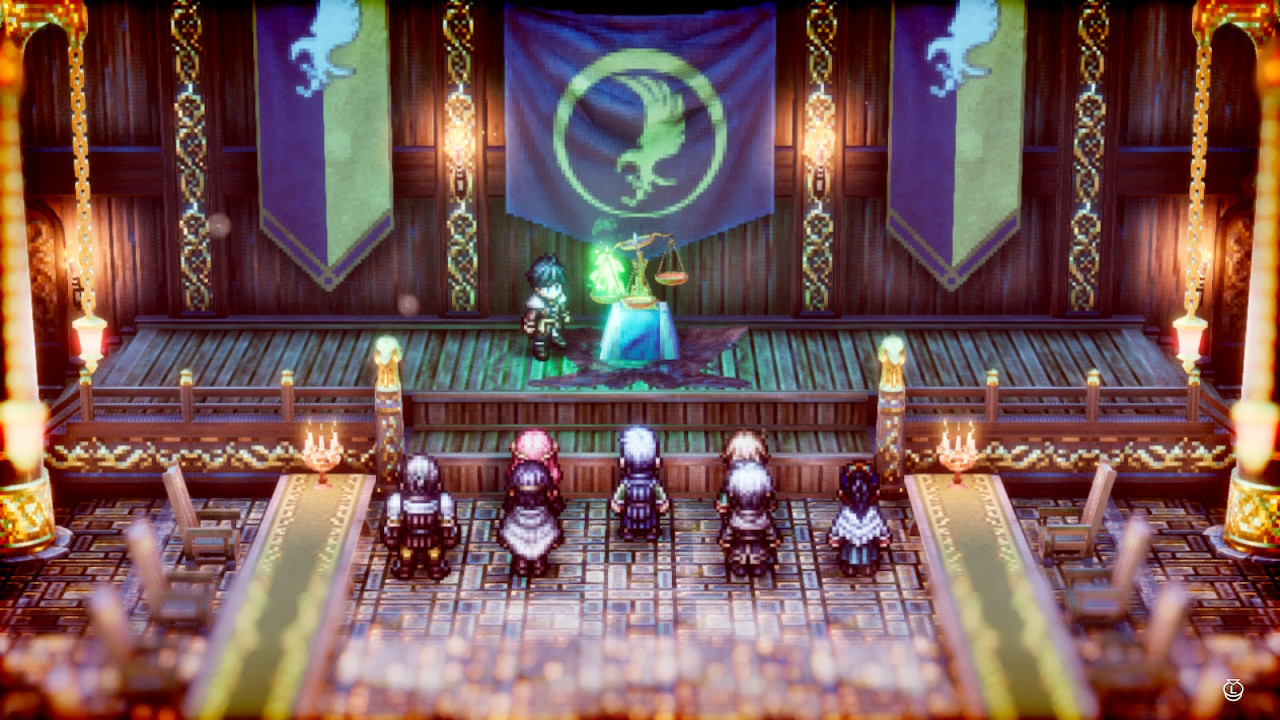
Though I only played through the game in full once, during that time I felt that nearly every twist and turn in the story was a direct result of not only my choices but the extent to which I explored and uncovered new information. I’m excited to find time for another playthrough just to see every other path through the game and each of its multiple endings. Because of the weight of every decision and action, and because of the razor-thin strategic margins in combat, each victory in the war for Norzelia whether on the field of battle or at the Scales feels incredibly hard won and oh-so-sweet.
Final Thoughts
Triangle Strategy is a smart, succinct distillation of the tactical RPG genre that successfully riffs on the classics while imparting modern virtues to make something that feels wholly unique. The constant feedback loop of action and consequence bolstered by a well-penned narrative that reacts naturally to your convictions is intoxicating and supremely replayable. Add to that a flexible and fine-tuned combat system and wrap it up in sumptuous HD-2D visuals and you’ve got another banger on the level of Octopath Traveller.
Reviewed on Nintendo Switch // Review code supplied by publisher
Click here for more information on WellPlayed’s review policy and ethics
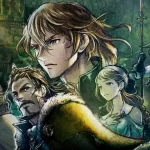
- Square Enix / Artdink
- Square Enix
- Nintendo Switch
- March 4, 2022



Kieron's been gaming ever since he could first speak the words "Blast Processing" and hasn't lost his love for platformers and JRPGs since. A connoisseur of avant-garde indie experiences and underground cult classics, Kieron is a devout worshipper at the churches of Double Fine and Annapurna Interactive, to drop just a couple of names.





